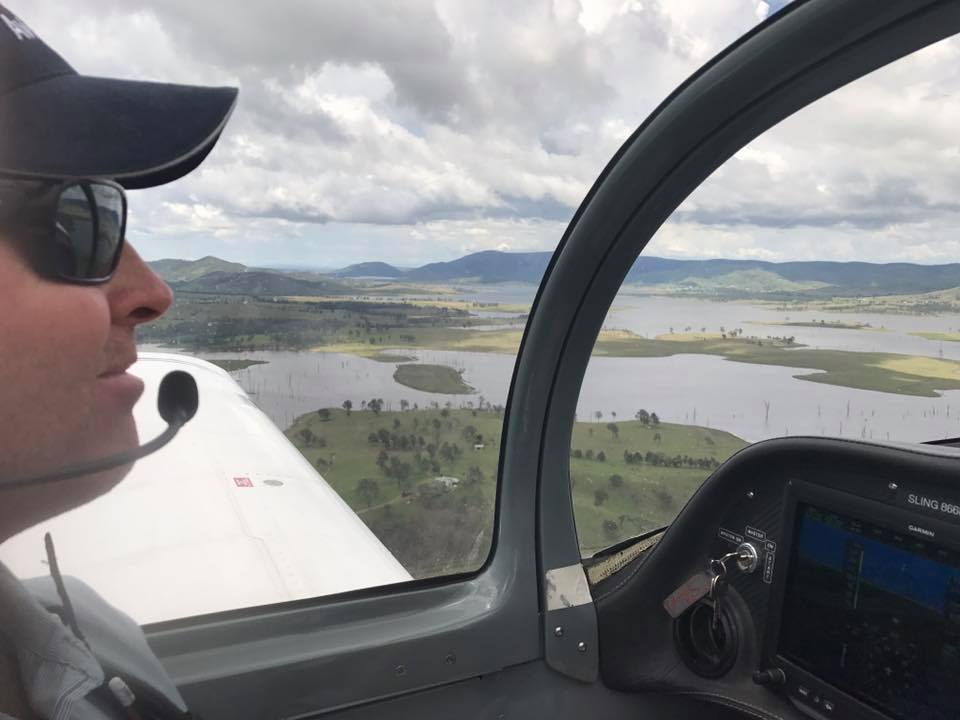I love instructing and I really love supervising a student’s navigation training.
Many students start their training with the expectation that navigation training, and navigating successfully, is going to be really hard work.
I think part of the reason is that when you start learning to navigate, you are bombarded with all this new information such as flight planning, weather, magnetic track, wind, time and distance. It is a lot of information to take in, so we assume it’s hard! It isn’t hard, it’s just a lot of information. Once you understand and master this information, all of it makes sense and it can all be practically applied to your training.
Navigating is only hard if you DON’T follow the process and the process is very simple:
- Are you feeling fit enough to fly (no stress, no recent illness, plenty of sleep)?
- Get the weather report (if it looks good continue; if not, stay at home and read a good book)
- Do your flight plan for your intended route
- Pre-flight and fuel the plane
- Take note of the time you departed and add to tit he time you calculated for your arrival at your next waypoint. (Do inflight navigation checks as per your checklist.)
- Use the three main navigation tools to determine whether you are on track or off track and where exactly that you are.
The three tools are:
- BIG PICTURE – does the scenery around you on a large scale look where it should be in relation to your map, for instance on the east coast of Australia if you departed a coastal airport and headed north, the ocean should be on the right after you depart (sounds simple doesn’t it?!)
- SMALL PICTURE – look for small details on the map that confirm your position fix is actually the town, the road or whatever you have planned to be flying over (eg a road and river intersecting a power line through the town)
- TIME – This one is critical. Nothing works without time. For instance if you travelled for forty nautical miles and you think the town you’re flying over is Town B but you’re not meant to be at Town B for another twenty minutes then either your tail wind has increased by over 100 knots (unlikely), or it’s actually some other town on your map (more likely). Time is the glue that holds everything together when you are navigating.
Yes, there are other things you need to do while flying, such as fuel logs and re-estimating your ground speed and radio calls but these can all be done methodically one step at a time.
When a new student asks me how long will my navigation training take to complete, I always tell them that firstly it’s competency-based and that it is really hard to answer accurately, and secondly, it really depends on how much time they are willing to put into practicing the process at home before they fly. If they can perfect the process at home before they even get into the aircraft, then they are going to save themselves a lot of time and money in the air.
Obviously I have simplified the entire process a little bit, but my point is that navigating isn’t really hard; it’s just something new and exciting to learn, and if you follow the correct process, and put the time and effort into practicing it at home, that process can become quite easy.
When asked by students what’s the most difficult part of learning how to navigate, I often jokingly say that the hardest thing is trying to fold a map within the confines of a small aircraft – and there is some truth to this!
Happy and safe flying.
Damien Wills
CEO, GoFly Group
August 2018
Click on this link to read further blogs by Damien.

